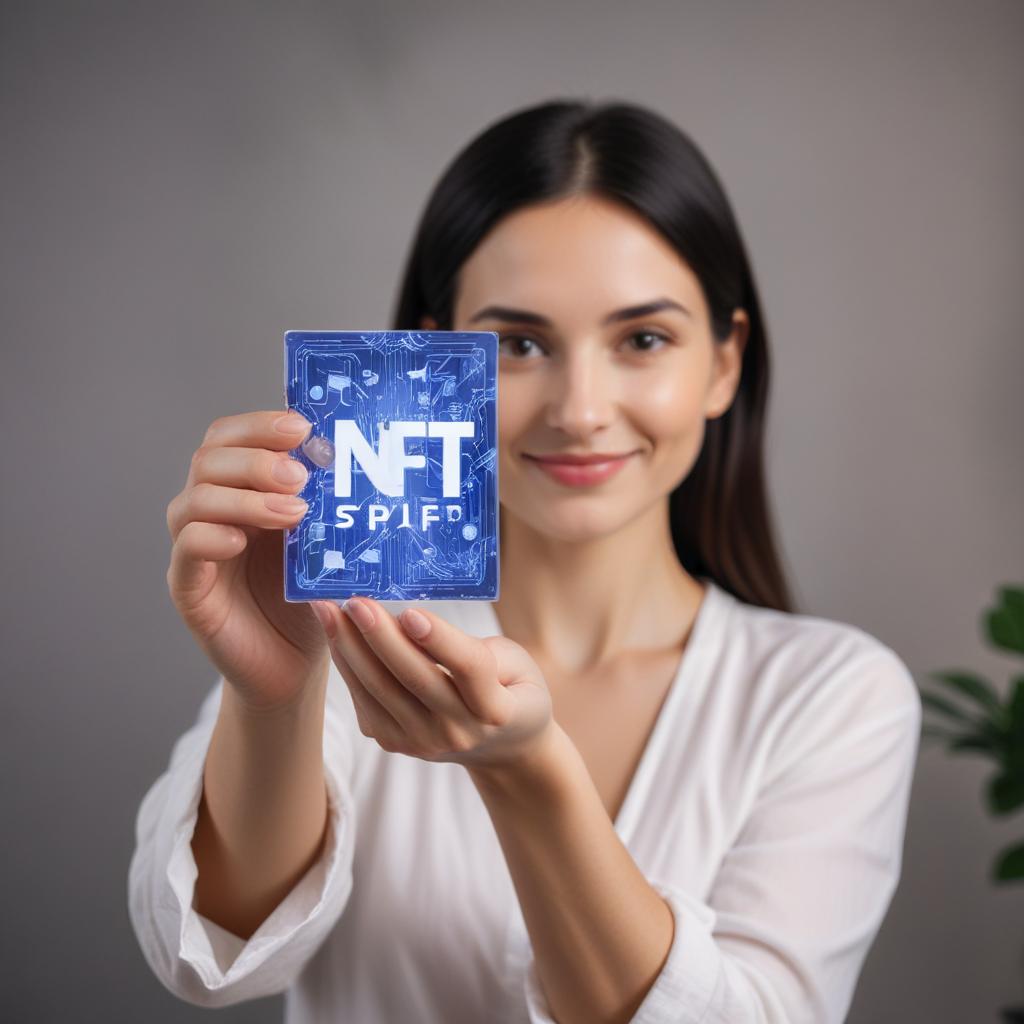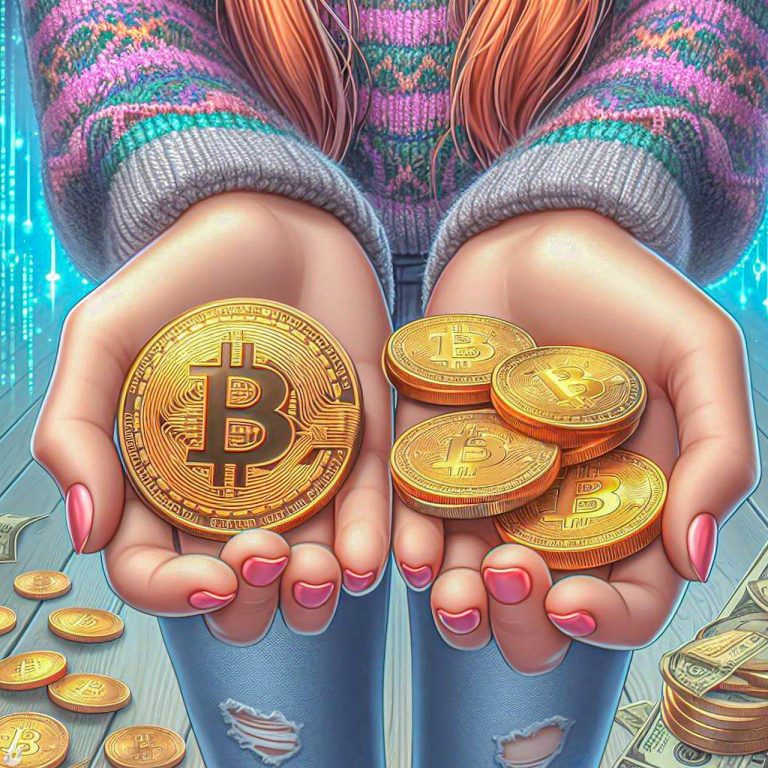Introducing NFT: The Next Wave of Cryptocurrency
NFT (or Non-Fungible Token) has been in the limelight recently, but what exactly are NFTs? How do they work? Why should you care about them? Here’s everything you need to know about Non-Fungible Tokens and why they are important for the next wave of blockchain technology and cryptocurrency!
A new technology is taking the world by storm, and it’s not blockchain! The technology I’m talking about, of course, is Non-Fungible Tokens (NFT), which are based on Ethereum and ERC-721 and can be used in conjunction with all blockchains. NFTs have been taking the cryptocurrency world by storm, but many people still don’t understand what they are or how they work.
What is Non-Fungible Token?
A non-fungible token (NFT) is a digital asset that represents something unique and cannot be replaced. NFTs are created on a blockchain, which is a decentralized, secure ledger that records transactions. Because they’re built on blockchain technology, NFTs are tamper-proof and can’t be duplicated. This makes them ideal for collectibles, digital art, and other items that need to be verified as authentic. How Does NFT Work? When you buy an NFT, you’re buying a token that lives on a blockchain. The token is stored in your digital wallet, and you can use it to prove ownership of the asset it represents.
Explaining Why We Need Non-Fungible Tokens
In a world where digital assets are becoming more and more prevalent, we need a way to represent ownership and value in a way that is unique and immutable. That’s where non-fungible tokens come in. NFTs are digital assets that are stored on a blockchain and can represent anything from art to in-game items. They are unique, meaning each one is completely different from every other NFT, and they are also indestructible, meaning they cannot be destroyed or counterfeited. This makes them the perfect way to represent value in the digital world.
Guide for Types of Blockchain
There are three types of blockchain- public, private, and consortium.
Public blockchains are permissionless, meaning anyone can join and participate in the network.
Private blockchains are permissioned, meaning only approved participants can access the network.
Consortium blockchains are a hybrid of the two, where a group of pre-selected entities controls access to the network.
Now that you know the basics of blockchain technology, it’s time to dive into non-fungible tokens (NFTs). NFTs are digital assets that are unique and cannot be replicated. They’re stored on a blockchain and can represent anything from art to collectibles to in-game items.
So how do NFTs work?
How do NFTs work? NFTs are digital assets that are stored on a blockchain. Unlike other digital assets, NFTs are not interchangeable and each one is unique. This means that they can be used to represent ownership of items like art, music, or in-game items. NFTs can be bought, sold, or traded like other cryptocurrency assets.
Because each one is unique, NFTs can be made to represent any asset that you want. This means that they are perfect for use in gaming and virtual worlds. You can even create your own, personal tokens with a tool like CryptoCities. Just add a description, choose a color, set an initial supply and you’re good to go!
Different Use Cases Of NFT
- In-game items: Items in video games can be turned into NFTs, which allows players to own them and trade them with others. This could create a whole new economy within games.
- Art and Collectibles: NFTs can be used to represent any type of art or collectible, from digital paintings to limited edition physical items. This would allow artists to sell their work directly to fans, without going through a middleman.
- Music: Songs and other audio files can be turned into NFTs, which would give musicians a new way to monetize their work.
- Videos: Videos can be made into NFTs, which would give content creators a new way to make money from their work.
Most Famous Crypto Collectibles/NFT
- NFTs are digital assets that are unique and non-fungible, meaning they cannot be replicated or exchanged for other assets.
- NFTs are stored on a blockchain, which is a decentralized ledger that records all transactions.
- Because NFTs are stored on a blockchain, they are immutable and transparent.
- NFTs can represent anything from digital art to in-game items to music files.
- The most famous use case for NFTs is cryptocurrency, which allows users to buy, sell, or trade digital tokens.
- Other popular uses for NFTs include online gaming, social media, and online marketplaces.
Metaverse using NFT
In the Metaverse, NFTs are used to represent digital assets. Each NFT is unique and can be bought, sold, or traded like any other asset. NFTs can be used to represent anything from in-game items to digital art. In the Metaverse, NFTs are stored on a blockchain and can be transferred between users without the need for a central authority.
Thanks to the blockchain, NFTs are secure and cannot be counterfeited. NFTs also have several benefits over traditional digital ownership. They are fungible and divisible, which means they can be subdivided into tiny fractions that would still hold value as individual units of tradeable currency.
NFTs also enjoy increased liquidity since they are more easily tradable than tokens issued by companies with limited user bases. Finally, some NFTs may provide access to services such as voting rights or ticket-purchasing abilities within a company’s ecosystem.
Do you know that you can buy virtual land using platforms like Next Earth, thanks to the power of NFTs. Learn more from the NFT Wiki Page.





